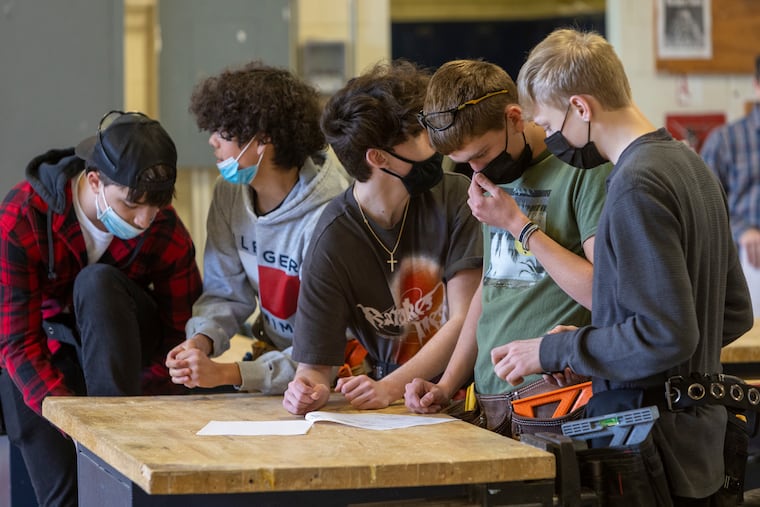From medicine to mechanics, N.J.’s vocational schools are offering more job paths to more students
“Whether you want to be a hairdresser or a doctor,” said Superintendent Michael Dicken, “students are coming here to pursue all career options. Our goal is to get students out to work or to college.”
